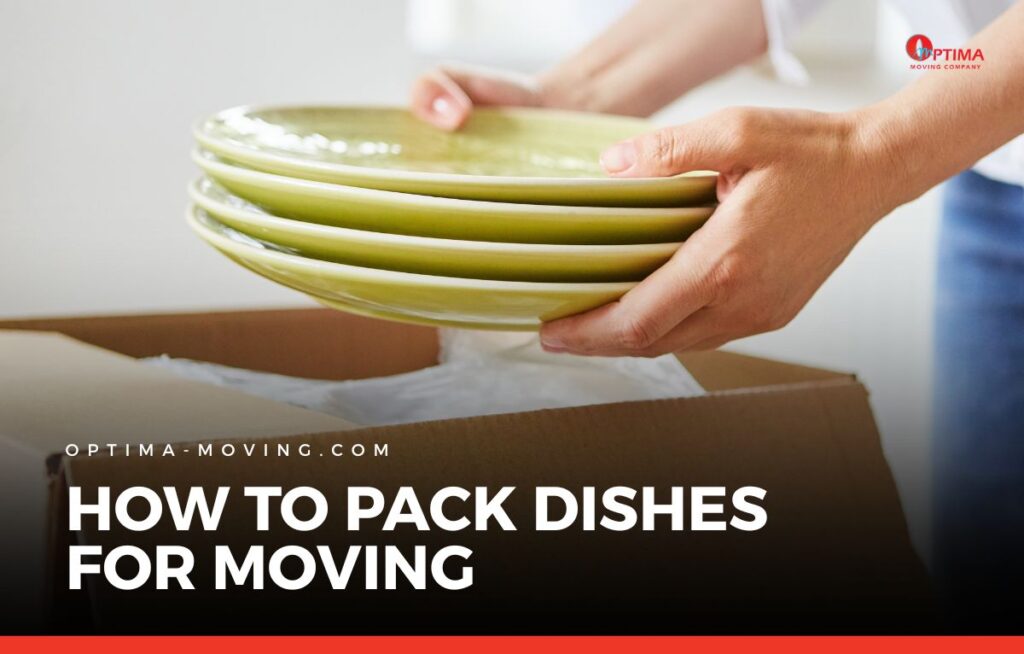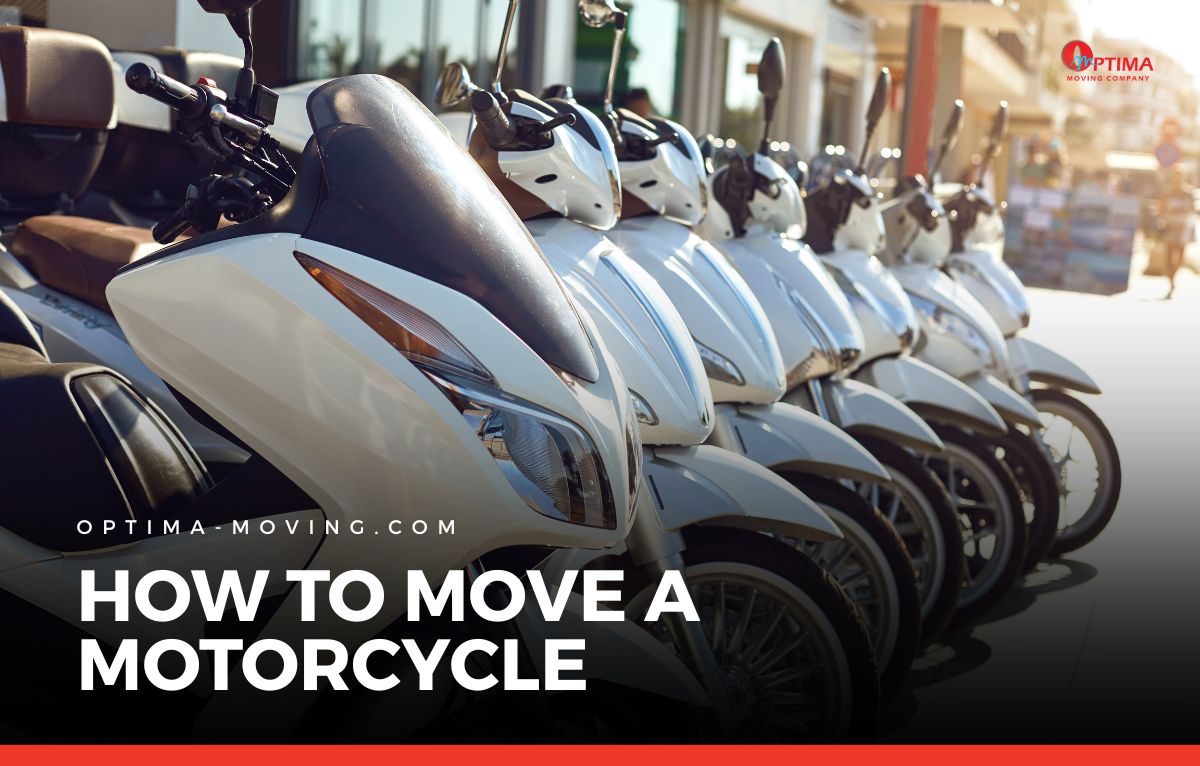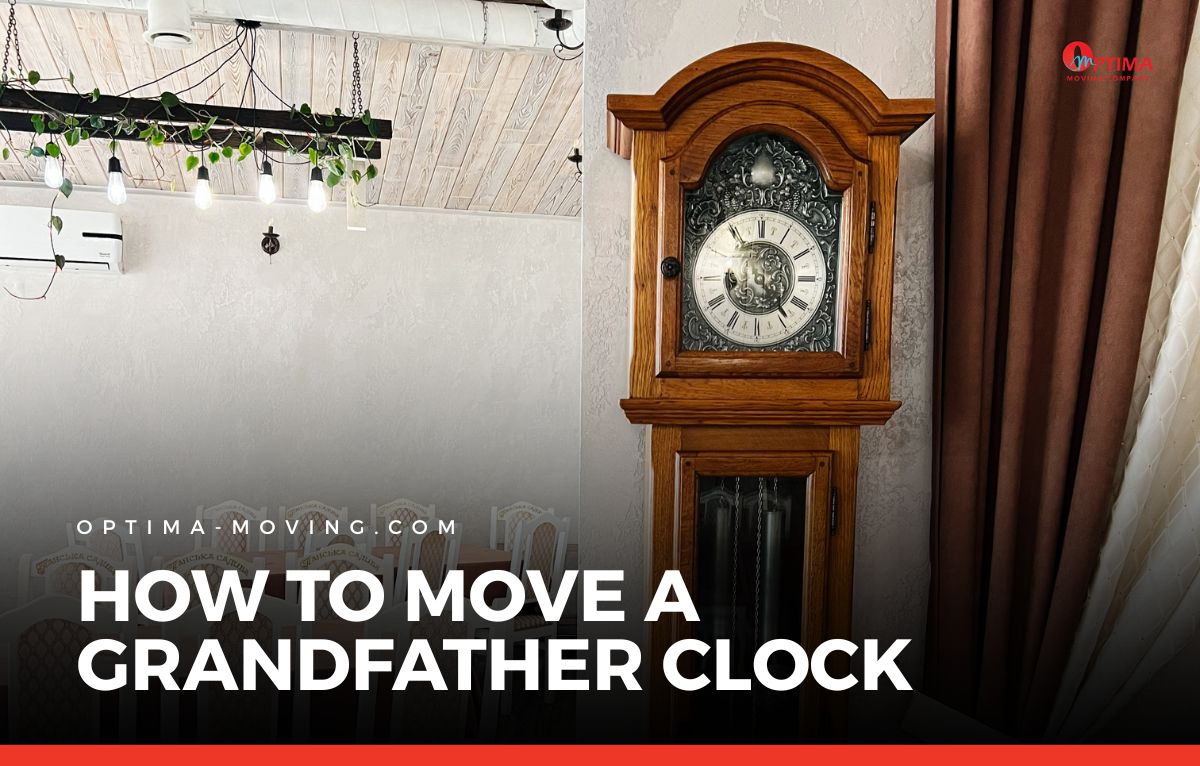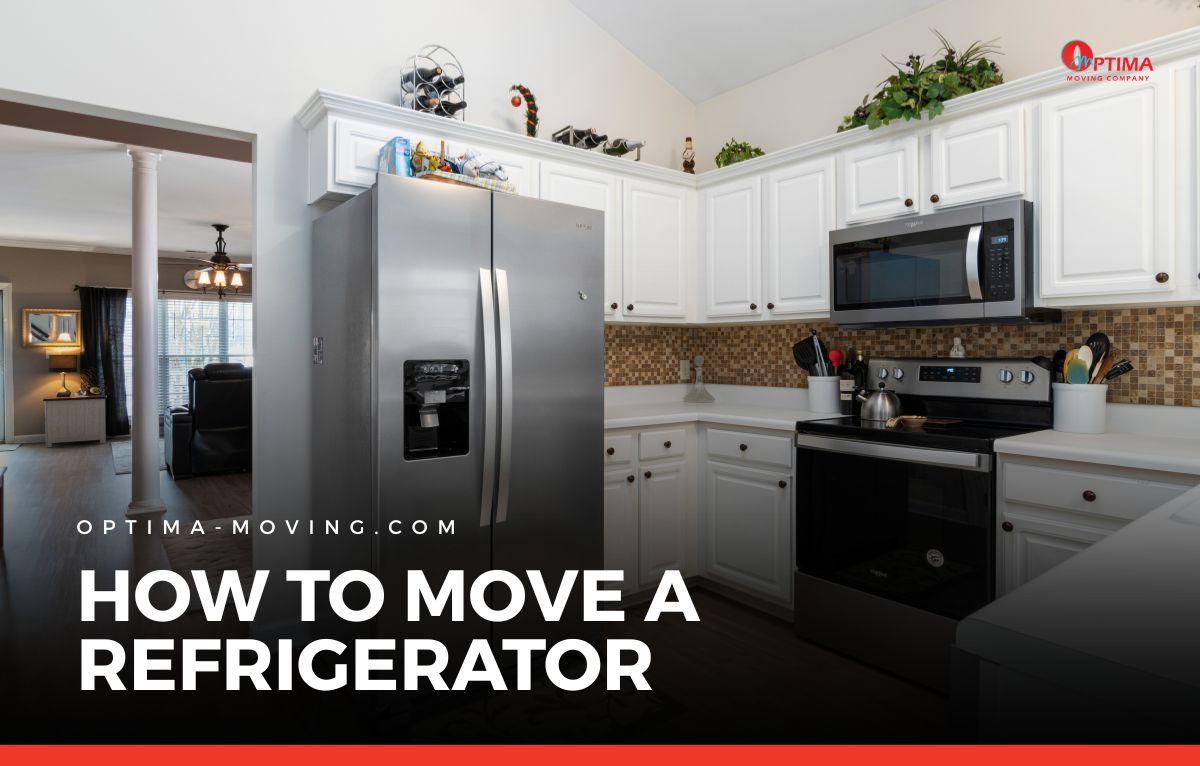Moving can feel overwhelming, especially when you think about packing fragile items like dishes.
Learning how to pack dishes for moving safely means fewer broken plates, less stress during unpacking, and a smoother moving day overall.
The key is to plan, use the right materials, and follow some tested steps. Let’s walk you through the full process so your dishes arrive in one piece.
Start with the Right Materials
Before you wrap a single plate, make sure you’ve gathered everything you’ll need. This includes sturdy boxes, packing paper, bubble wrap, packing tape, and soft cloth materials like towels or t-shirts. Double-walled boxes or dish pack boxes offer extra protection, especially for heavier or more delicate sets.
Don’t rush this part. Having everything at arm’s reach makes the packing process smoother and keeps you from cutting corners later.
It’s also a good idea to go through your dishes and set aside anything you don’t really use. Fewer items to pack means fewer chances for breakage.
Think about the box sizes too. Medium boxes are usually the best fit for dishes because they offer enough room without becoming too heavy.
Overpacking a large box may seem efficient, but it increases the chance of breakage or injury when lifting.
Wrap and Stack the Right Way
Plates and bowls should never be tossed into a box without protection. Start by padding the bottom of the box with a thick layer of crumpled paper or soft towels. This base absorbs shocks from movement during the drive.
Each plate should be wrapped individually. Use a few sheets of packing paper to cover the entire surface, folding tightly around the edges.
Bowls can be nested but only if there’s padding between each layer. Avoid the temptation to overpack. Boxes that are too heavy are more likely to be dropped or damaged.
Once wrapped, stack plates vertically, like vinyl records, instead of laying them flat. This reduces pressure points and helps avoid cracks.
Fill gaps with soft cloth or additional paper to keep everything snug. The tighter the fit inside the box (without forcing items in), the lower the chance of shifting during transport.
This step may seem tedious, but it’s where most damage is either prevented or guaranteed. Take your time with the first few items and find a rhythm. It gets easier as you go.
Glasses, Mugs, and Stemware: Handle with Care
This is where packing gets tricky. Glassware is more fragile than dishes and often has parts that snap under pressure, like stems or handles.
For each item, stuff the inside with crumpled packing paper first. This supports the structure. Then wrap the outside tightly, focusing on any thin or protruding areas.
Use dividers when you can. These are cardboard inserts that keep items from touching. If you’re packing very delicate items—like heirloom glasses or wine stems—it’s worth double-boxing.
Put the wrapped item in one small box, then place that inside a slightly larger box with extra cushioning around it.
Avoid using thin or damaged boxes for this category. If you’re reusing boxes, inspect them thoroughly for weak corners or compromised seams.
For mugs and glasses, packing in smaller boxes is ideal because they tend to get heavy quickly. Make sure the bottom layer is well-cushioned before you start adding items.
The Best Way to Fill and Seal Your Boxes
Here’s where a short checklist is helpful:
- Fill all empty space with crumpled paper or soft cloth.
- Don’t stack anything heavy on top of dishes inside the box.
- Reinforce the bottom of each box with extra tape.
- Label clearly: write “Fragile” and “This Side Up” on at least two sides of the box.
Boxes that aren’t tightly packed from the inside are more likely to shift and collapse, especially if placed under other boxes during the move.
Filling in the gaps with inexpensive materials like packing paper helps avoid those problems without adding weight.
If you’re moving long-distance, this step becomes even more important. A bumpy ride or frequent handling increases the chances of internal movement, which leads to breakage.
Once sealed, give the box a gentle shake. If you hear anything moving inside, open it up and add more filler.
Unpacking Tips After You Move
When it’s time to unload, remember that how you packed makes a big difference in how quickly and safely you can unpack. Start with kitchen essentials like plates and mugs.
Unwrap each item carefully, and inspect it before you toss the packing material. That way, if something is broken, you still have the evidence for a claim.
If you hired movers, and something’s damaged, take photos and report it right away. Having packed correctly can also help if you need to prove the damage didn’t come from poor prep.
Try to unpack dishes in a clean area, preferably near where they’ll be stored. Keep a trash bag handy for used packing paper, and save any bubble wrap or sturdy boxes for future use.
Common Mistakes to Avoid
Even with good intentions, it’s easy to overlook things. These common errors can cost you your favorite dishes:
- Laying plates flat instead of standing them on edge.
- Using newspaper that can leave ink stains on lighter dishware.
- Putting heavy pans or pots in the same box as fragile glassware.
- Leaving gaps inside the box that allow shifting during the drive.
Another mistake is underestimating how long dish packing takes. Set aside at least a few hours, especially if you’re doing this on your own. Trying to rush through will likely result in corners being cut.
A Safer Move Starts in the Kitchen
Knowing how to pack dishes for moving gives you a head start on a low-stress move. When you plan ahead, use the right materials, and take your time with wrapping and boxing, you lower your risk of damage significantly.
Most breakage happens from rushed packing or overstuffed boxes, and both are completely avoidable.
Dishes are just one part of a bigger move, but because they’re fragile and used daily, they deserve extra attention. Being cautious during this stage can save you money and frustration down the road.
If you’d rather not handle this part yourself, professional movers can help. Optima Moving offers packing services for dishes and other fragile items, making sure everything is boxed correctly and transported safely.
They’re a reliable choice when you want peace of mind and fewer things to worry about on moving day.




